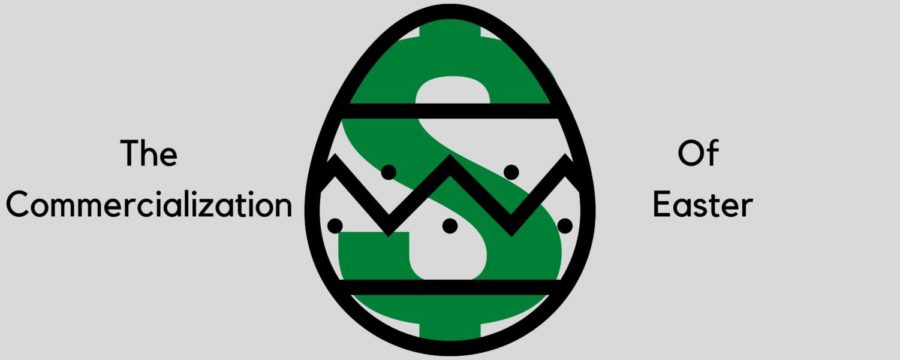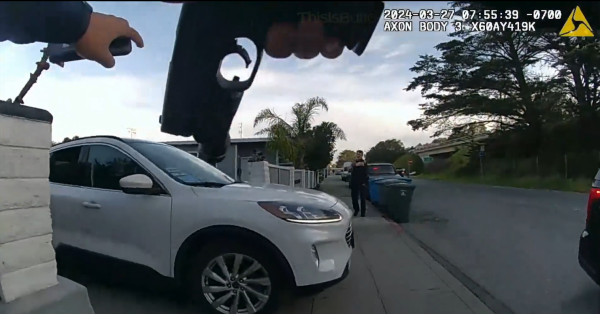Marketing’s role in the secularization of Easter
Corporate marketing has helped to influence the traditions we hold during Easter.
With Easter fast approaching, America will be getting ready to celebrate Christianity’s holiest day… Or will it?
Christians across the country will be celebrating on Sunday to commemorate the resurrection of Jesus Christ; yet with each new year, broader American culture has put less emphasis on Easter’s religious value, while putting more on its secular aspects.
The decline of Christianity in the United States is a clear factor contributing to why a bunny that lays eggs gets increasingly more attention than the resurrection of Christ. According to Pew Research, over the past decade, there has been a 12% decline in Americans who identify as Christian, with only 65% of Americans self-identifying as such as of 2019.
However, the majority of Americans still believe in Christianity; therefore, something else must be causing this acceleration of secularization. In order to deduce what this X factor may be, it is useful to look at a similar holiday with massive cultural influence: Christmas.
An article from Vox details how American Christmas underwent secularization in the early 19th century: A mass media campaign was used to transform the holiday from one commemorating the birth of Jesus to one centered around the flight of Santa’s reindeers.
“Washington Irving’s 1822 Bracebridge Hall stories, which referenced ‘ancient’ Christmas traditions that were, in fact, Irving’s own invention; Clement Clarke Moore’s 1822 poem ‘The Night Before Christmas’; and, of course, Charles Dickens’s 1843 ‘A Christmas Carol’,” the article reads. “Nearly everything we think we know about Christmas, from the modern image of Santa Claus to the Christmas tree, derives from the 19th century, specifically, Protestant sources, who redeemed Christmas by rendering it an appropriate, bourgeois family holiday.”
If media is the X factor in secularization, then the corporate branding of Easter may be the true culprit behind the changing tides. Simply look around at the commercials on television or the products in your local supermarket. They are almost exclusively going to feature vivid-colored images of Easter Eggs and the Easter Bunny. The two have always played a role in Americans’ celebration of the holiday, but they are more prevalent than ever.
With at least a third of America believing in something other than Christiainity, corporations have secularized their marketing to tap into a diverse audience. Only some Americans will appreciate Christianity-focused advertising, while most will at least accept bunny-based advertising.
This will then lead Americans to begin associating Easter with secular symbols that they see in advertising. With Easter’s religious significance becoming less prominent among the things that are associated with the holiday, the traditions that celebrating Easter involves will begin to change as well. Corporate marketing has already helped to push new traditions that better fit in with American consumer culture. An example of this would be the desire to buy candy and toys to give to children during Easter Egg hunts or family get-togethers.
While average consumers have the power to influence the market, it is equally true that the market can influence average consumers. As many of us celebrate Easter this Sunday, it may be worthwhile to consider how our Easter traditions have changed, and what has been driving this change throughout the past decade.














